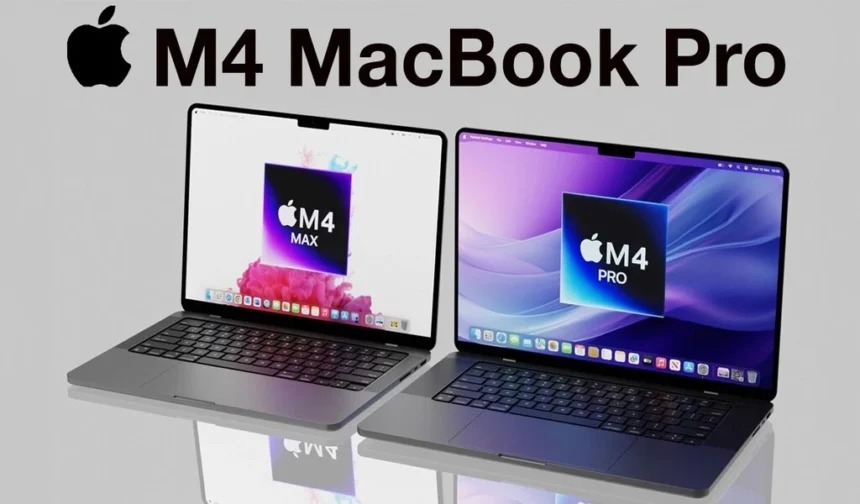The first quarter of 2025 has been busy for Apple’s product launch team. Tim Cook and his team are anticipated to release a MacBook Air with the most recent Apple Silicon M4 chipset, as the community is now focussing on the Mac lineup following the announcement of the iPhone 16e.
The launch is approaching, and we are better able to understand the potential performance of the macOS consumer-focused laptops as two models have now been detected in the online benchmarking tools.
The Geekbench utility, which is consistently popular, provides information on the forthcoming MacBook Air, which is anticipated to be the first to be furnished with Apple’s M4 chipset.
The “Mac 16,2” model, which is widely recognized as the upcoming 13-inch MacBook Air, is outperforming the current M3-equipped MacBook Air, even if it is assumed that there is still some software optimization to be done before a potential late-Q1 2025 release. The “Mac 16,3” model has also been benchmarked and is identified as the forthcoming 15-inch MacBook Air.
The benchmark data indicates that the hardware under investigation is equipped with a 10-core version of the M4 chipset; 8-core and 9-core versions are also available.
Although the 10-core version may be included in every MacBook Air, it is more likely that this is a higher-spec variant in the range, with an 8—or 9-core version available at a reduced price.
After all, Apple has endeavoured to maintain the MacBook’s entry-level price at $999, a figure that may be more easily accomplished with a less powerful chipset.
Unsurprisingly, these preliminary benchmarks demonstrate an advantage over the MacBook Air variants previously equipped with the M3 processor.
Additionally, they demonstrate that the MacBook Pro model powered by the M4 will possess an advantage over the MacBook Air model fuelled by the M4.
This has happened since the M1 MacBook Air and M2 MacBook Pro were introduced with the first Apple Silicon for macOS chipset.
Although both models utilised the same chipset, the Pro model was equipped with a fan to cool the chipset, which enabled it to operate at a higher performance level for extended periods of time due to the enhanced thermal efficiency.
That was the case for the M2 and M3 models, and there is no reason to believe that the M4 decisions will be different.
The GPU exhibits the most substantial improvements. Metal and OpenCL benchmarking indicates a performance improvement of more than 30%.
The M4 MacBook Air may be the ideal laptop for consumers seeking exceptional graphical performance. Nevertheless, it is uncertain whether this GPU performance can be maintained or if it is a temporary surge before the thermal issues necessitate silicon throttling.
The Advantages of Older MacBook Air Specifications
Although the MacBook Air was the first Apple product to introduce the M1 chipset, it will be the last Apple product line to introduce an M4 iteration.
The iPad Pro was the first device to be equipped with the M4, which was introduced in May 2024. In November 2024, the M4 Pro and M4 Max were introduced in the MacBook Pro and Mac Mini.
The M4 was introduced approximately ten months ago. The MacBook Air will only remain current for a few weeks before a potential M5 launch around Apple’s Worldwide Developer Conference in May or June, as the company appears to be settling into an annual cycle.
This must be counterbalanced by the consistent power and performance that Apple Silicon has been able to provide since the initial reveal in November 2020. Individuals who require abundant power for computing, development, editing, and creativity will be willing to pay a premium for MacBook Pro models.
For most consumers, the MacBook Air’s reduced power output, which is still substantial, is adequate for daily use. Despite the fact that Apple Silicon is nearly a year old, it continues to meet consumer expectations and undoubtedly contributes to Apple’s ability to sustain a healthy profit margin on its popular macOS laptop.

Salman Ahmad is known for his significant contributions to esteemed publications like the Times of India and the Express Tribune. Salman has carved a niche as a freelance journalist, combining thorough research with engaging reporting.














